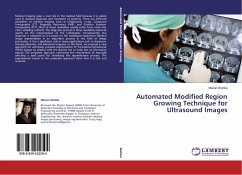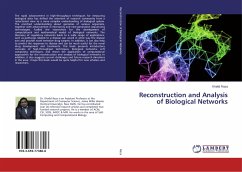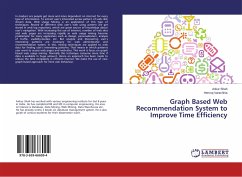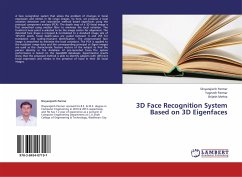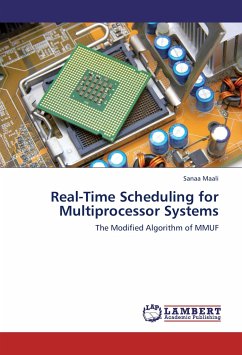Ultrasound scanning is frequently used in medical practice because it is a non-invasive, safe and low-cost solution (vs. CT or MR). However, conventional ultrasound probes only provide 2D scans. 3D ultrasound reconstruction builds 2D scans into 3D volumes of the patient's internals. However, the 3D reconstruction process is computationally demanding and includes processing millions of picture and volume elements. This process can currently take minutes or even hours on conventional systems. It is very desirable to reconstruct ultrasound images in real-time to guide surgeons doing surgery. In this thesis, we manage to achieve this by utilizing the parallel processing power of GPUs with hundreds of computing cores. Our novel optimized methods take advantage of this power in order to perform entire volume reconstructions in only fractions of a second.


